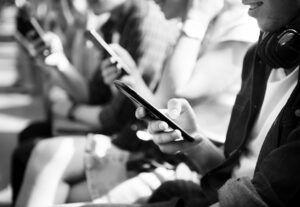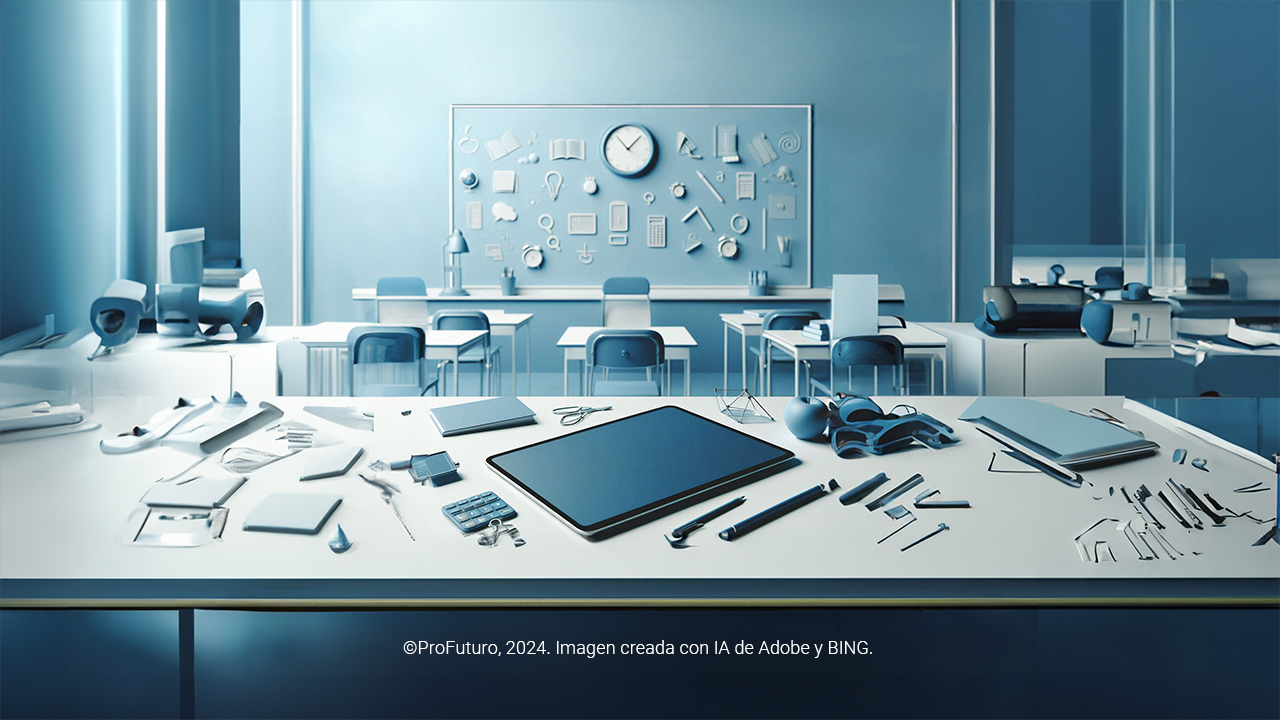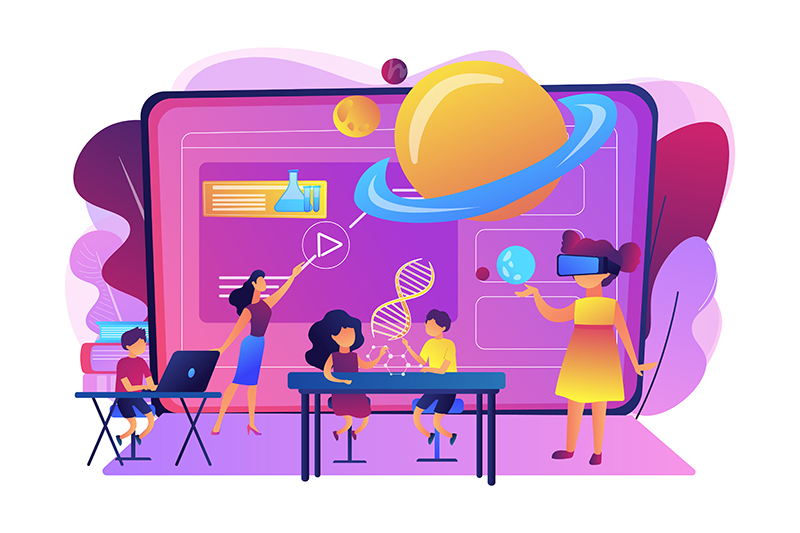
Can we consider the pencil we use for drawing or writing as technology? Let’s see. According to the RAE, “technology” is the set of theories and techniques that allow for the practical application of scientific knowledge. This means the term “technology” refers to the application of scientific and technical knowledge to create tools, systems, or methods that solve practical problems or improve efficiency in various tasks. Under this definition, a pencil is a technology because it is a tool specifically designed to enable writing and drawing effectively. And if a pencil is technology, we must understand that the ruler we use to measure and draw lines, the compass that helps us draw circles or arcs and measure distances on a plane, and the textbook, whose benefits no one doubts, are also technology.
However, we don’t hear anyone fiercely advocating for the banishment of these tools from classrooms, as is happening with new technologies. It is true that their potential for distraction is a point against them. While a pencil or a textbook has limited and direct functionality, a smartphone offers access to social networks, games, and other applications that can divert the student from learning. It is also true that their transformative potential is so great that banishing them from classrooms, as countries like France, China, Australia, or more recently, Argentina, are doing partially or entirely, is not an option. In this manifesto, several teachers and researchers defend the educational use of digital technologies.
At the Observatory, we have addressed this topic in various articles. Here are some of them.
The False Debate on Technology in the Classroom
The ban on screens for minors, the uproar around the use of generative AI in classrooms… technology and education are at the center of a great debate in which simplistic positions and myths about what educational technology is and isn’t abound. In this article, we advocate for a more balanced view that recognizes the transformative potential of technology in education.
Students and Screens: What PISA Says
In recent months, the use of screens and digital devices and their relationship to learning has been debated endlessly, with a flood of ink spilled over the topic. Does it enhance learning? Does it encourage distraction? Should it be banned? Can we afford to turn our backs on technology in schools? What did the latest PISA report say about it? Let’s take a look.
Educating Educational Technology: Challenges and Opportunities in Transforming Education
We live in a paradoxical and complex time, where the opportunities to transform education meet challenges such as the growing loss of meaning in schools. This article analyzes the need to redefine that meaning in a technological ecosystem like the current one, to advance towards the transformation of education that the 21st century needs.
Successful Digital Education: Lessons from Those Who Have Done Their Homework
Once the debate over whether or not to use technology in the classroom is over, it’s time to see how to do it. In this article, we analyze the digital education policies and strategies of 10 outstanding countries to extract learned lessons.
Four Questions to Guide the Use of Technology in Education
The appropriateness and value of technology in teaching must be demonstrated in relation to a human-centered vision of education. That is the guiding principle that decision-makers should follow when implementing technology in education. It is also the fundamental premise from which Manos Antoninis, director of the Global Education Monitoring Report, also known as the GEM Report, sponsored by UNESCO, starts. In this post, he highlights the four questions that every policymaker should ask when designing a public policy to introduce technology in education.






